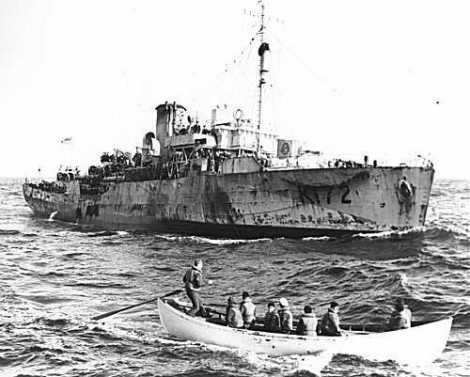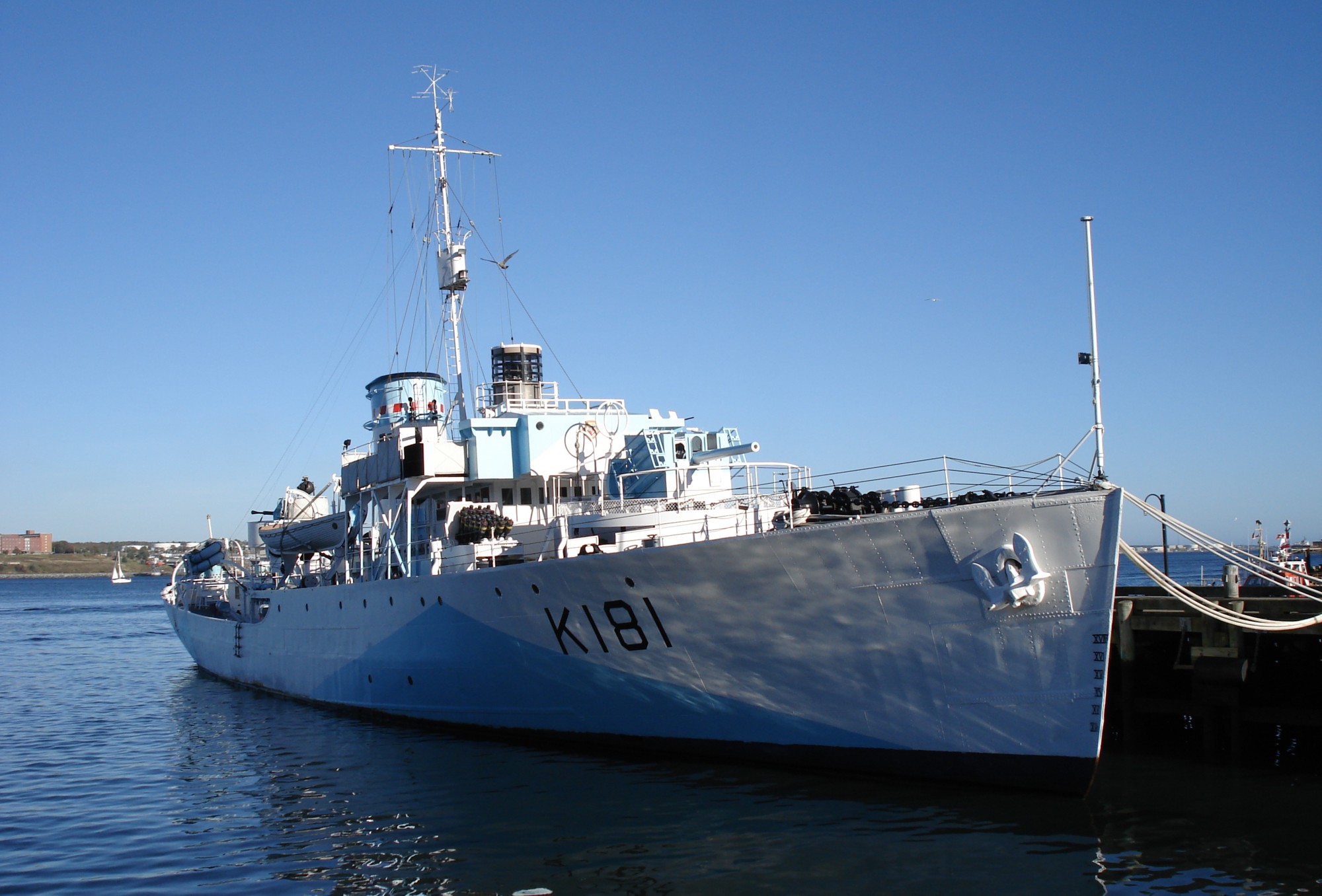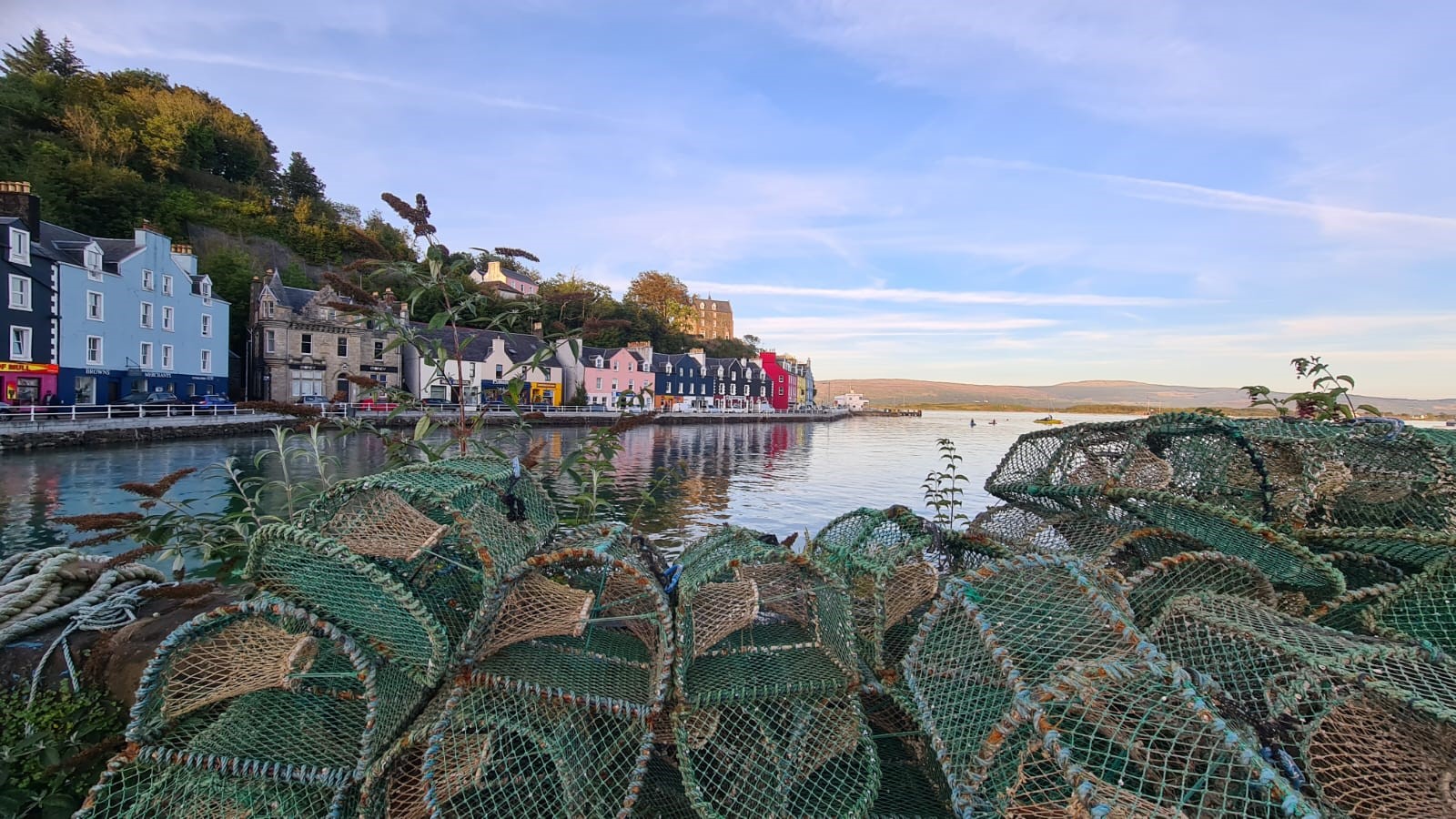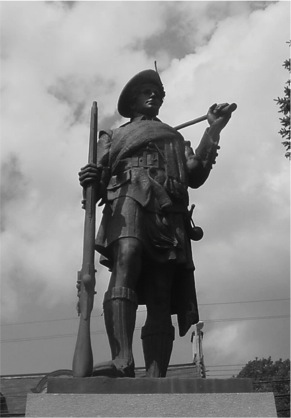|
HMCS Trillium (K172)
HMCS ''Trillium'' was a that served in the Royal Canadian Navy during the Second World War. She served mainly as a convoy escort in the Battle of the Atlantic. She was one of ten corvettes loaned to the Canadian navy by the Royal Navy and the only one which remained an ocean escort throughout the war. She was named after the flowering plant genus ''Trillium'', which includes wakerobin, tri flower, and birthroot. Background Flower-class corvettes like ''Trillium'' serving with the Royal Canadian Navy during the Second World War were different from earlier and more traditional sail-driven corvettes. The "corvette" designation was created by the French for classes of small warships; the Royal Navy borrowed the term for a period but discontinued its use in 1877. During the hurried preparations for war in the late 1930s, Winston Churchill reactivated the corvette class, needing a name for smaller ships used in an escort capacity, in this case based on a whaling ship design. The ge ... [...More Info...] [...Related Items...] OR: [Wikipedia] [Google] [Baidu] |
Trillium
''Trillium'' (trillium, wakerobin, toadshade, tri flower, birthroot, birthwort, and sometimes "wood lily") is a genus of about fifty flowering plant species in the family Melanthiaceae. ''Trillium'' species are native to temperate regions of North America and Asia, with the greatest diversity of species found in the southern Appalachian Mountains in the southeastern United States. Description Plants of this genus are perennial herbs growing from rhizomes. There are three large leaf-like bracts arranged in a whorl about a scape that rises directly from the rhizome. There are no true aboveground leaves but sometimes there are scale-like leaves on the underground rhizome. The bracts are photosynthetic and are sometimes called leaves. The inflorescence is a single flower with three green or reddish sepals and three petals in shades of red, purple, pink, white, yellow, or green. At the center of the flower there are six stamens and three stigmas borne on a very short style, if ... [...More Info...] [...Related Items...] OR: [Wikipedia] [Google] [Baidu] |
Canada
Canada is a country in North America. Its ten provinces and three territories extend from the Atlantic Ocean to the Pacific Ocean and northward into the Arctic Ocean, covering over , making it the world's second-largest country by total area. Its southern and western border with the United States, stretching , is the world's longest binational land border. Canada's capital is Ottawa, and its three largest metropolitan areas are Toronto, Montreal, and Vancouver. Indigenous peoples have continuously inhabited what is now Canada for thousands of years. Beginning in the 16th century, British and French expeditions explored and later settled along the Atlantic coast. As a consequence of various armed conflicts, France ceded nearly all of its colonies in North America in 1763. In 1867, with the union of three British North American colonies through Confederation, Canada was formed as a federal dominion of four provinces. This began an accretion of provinces and ... [...More Info...] [...Related Items...] OR: [Wikipedia] [Google] [Baidu] |
Convoy SC 121
Convoy SC 121 was the 121st of the numbered series of World War II Slow Convoys of merchant ships from Sydney, Cape Breton Island to Liverpool. The ships departed New York City 23 February 1943; and were met by the Mid-Ocean Escort Force Group A-3 consisting of the United States Coast Guard (USCG) , the American , the British and Canadian s , , and and the convoy rescue ship ''Melrose Abbey''.Rohwer & Hummelchen 1992 p.196 Three of the escorts had defective sonar and three had unserviceable radar.Morison 1975 p.342 Background As western Atlantic coastal convoys brought an end to the second happy time, Admiral Karl Dönitz, the ''Befehlshaber der U-Boote'' (''BdU'') or commander in chief of U-Boats, shifted focus to the mid-Atlantic to avoid aircraft patrols. Although convoy routing was less predictable in the mid-ocean, Dönitz anticipated that the increased numbers of U-boats being produced would be able to find convoys with the advantage of intelligence gained through '' ... [...More Info...] [...Related Items...] OR: [Wikipedia] [Google] [Baidu] |
Convoy ON 166
Convoy ON 166 was the 166th of the numbered ON series of merchant ship convoys Outbound from the British Isles to North America. Sixty-three ships departed Liverpool 11 February 1943 and were met the following day by Mid-Ocean Escort Force Group A-3 consisting of the s and and the s , , , and . Background As western Atlantic coastal convoys brought an end to the second happy time, Admiral Karl Dönitz, the '' Befehlshaber der U-Boote'' (''BdU'') or commander in chief of U-Boats, shifted focus to the mid-Atlantic to avoid aircraft patrols. Although convoy routing was less predictable in the mid-ocean, Dönitz anticipated that the increased numbers of U-boats being produced would be able to effectively search for convoys with the advantage of intelligence gained through '' B-Dienst'' decryption of British Naval Cypher Number 3. However, only 20 percent of the 180 trans-Atlantic convoys sailing from the end of July 1942 until the end of April 1943 lost ships to U-boat attack.H ... [...More Info...] [...Related Items...] OR: [Wikipedia] [Google] [Baidu] |
Mid-Ocean Escort Force
Mid-Ocean Escort Force (MOEF) referred to the organisation of anti-submarine escorts for World War II trade convoys between Canada and Newfoundland, and the British Isles. The allocation of United States, British, and Canadian escorts to these convoys reflected preferences of the United States upon their declaration of war, and the organisation persisted through the winter of 1942–43 despite withdrawal of United States ships from the escort groups. By the summer of 1943, United States Atlantic escorts were focused on the faster CU convoys and the UG convoys between Chesapeake Bay and the Mediterranean Sea; and only British and Canadian escorts remained on the HX, SC and ON convoys. Background On the basis of experience during World War I, the Admiralty instituted trade convoys in United Kingdom coastal waters from September 1939. Anti-submarine escorts were allocated on the basis of perceived threat. Early German Type II submarines from bases in Germany were unable ... [...More Info...] [...Related Items...] OR: [Wikipedia] [Google] [Baidu] |
HMCS Trillium
HMCS ''Trillium'' was a that served in the Royal Canadian Navy during the Second World War. She served mainly as a convoy escort in the Battle of the Atlantic. She was one of ten corvettes loaned to the Canadian navy by the Royal Navy and the only one which remained an ocean escort throughout the war. She was named after the flowering plant genus ''Trillium'', which includes wakerobin, tri flower, and birthroot. Background Flower-class corvettes like ''Trillium'' serving with the Royal Canadian Navy during the Second World War were different from earlier and more traditional sail-driven corvettes. The "corvette" designation was created by the French for classes of small warships; the Royal Navy borrowed the term for a period but discontinued its use in 1877. During the hurried preparations for war in the late 1930s, Winston Churchill reactivated the corvette class, needing a name for smaller ships used in an escort capacity, in this case based on a whaling ship design. The ge ... [...More Info...] [...Related Items...] OR: [Wikipedia] [Google] [Baidu] |
Rockall
Rockall () is an uninhabitable granite islet situated in the North Atlantic Ocean. The United Kingdom claims that Rockall lies within its exclusive economic zone (EEZ) and is part of its territory, but this claim is not recognised by Ireland. It and the nearby skerries of Hasselwood Rock and Helen's Reef are the only emergent parts of the Rockall Plateau. The rock was formed by magmatism as part of the North Atlantic Igneous Province during the Paleogene. Rockall's approximate distances from the closest islands in each direction are as follows: It is west of Soay, Scotland; northwest of Tory Island, Ireland; and south of Iceland. The nearest permanently inhabited place is North Uist, an island in the Outer Hebrides of Scotland, to the east. The United Kingdom claimed Rockall in 1955 and incorporated it as a part of Scotland in 1972. The UK does not make a claim to extended EEZ based on Rockall, as it has ratified the United Nations Convention on the Law of the Sea ... [...More Info...] [...Related Items...] OR: [Wikipedia] [Google] [Baidu] |
Tobermory, Mull
Tobermory (; gd, Tobar Mhoire) is the capital of, and until 1973 the only burgh on, the Isle of Mull in the Scottish Inner Hebrides. It is located on the east coast of Mishnish, the most northerly part of the island, near the northern entrance of the Sound of Mull. The village was founded as a fishing port in 1788; its layout was based on the designs of Dumfriesshire engineer Thomas Telford. It has a current population of about 1,000. Etymology The name ''Tobermory'' is derived from the Gaelic ', meaning "Mary's well". The name refers to a well located nearby which was dedicated in ancient times to the Virgin Mary. Prehistory and archaeology Archaeological Excavations have taken place at Baliscate just outside of the town. The site was first noted by Hylda Marsh and Beverley Langhorn as part of the Scotland's Rural Past. In 2009, it was partially excavated Time Team and a further longer excavation took place in 2012 as part of a community archaeology project through the ... [...More Info...] [...Related Items...] OR: [Wikipedia] [Google] [Baidu] |
Halifax, Nova Scotia
Halifax is the capital and largest municipality of the Provinces and territories of Canada, Canadian province of Nova Scotia, and the largest municipality in Atlantic Canada. As of the 2021 Census, the municipal population was 439,819, with 348,634 people in its urban area. The regional municipality consists of four former municipalities that were Amalgamation (politics), amalgamated in 1996: History of Halifax (former city), Halifax, Dartmouth, Nova Scotia, Dartmouth, Bedford, Nova Scotia, Bedford, and Halifax County, Nova Scotia, Halifax County. Halifax is a major economic centre in Atlantic Canada, with a large concentration of government services and private sector companies. Major employers and economic generators include the Canadian Armed Forces, Department of National Defence, Dalhousie University, Nova Scotia Health Authority, Saint Mary's University (Halifax), Saint Mary's University, the Halifax Shipyard, various levels of government, and the Port of Halifax. Agricult ... [...More Info...] [...Related Items...] OR: [Wikipedia] [Google] [Baidu] |
Pictou, Nova Scotia
Pictou ( ; Canadian Gaelic: ''Baile Phiogto'') is a town in Pictou County, in the Canadian province of Nova Scotia. Located on the north shore of Pictou Harbour, the town is approximately 10 km (6 miles) north of the larger town of New Glasgow. Once an active shipping port and the shire town of the county, today Pictou is primarily a local service centre for surrounding rural communities and the primary tourist destination in this region of Nova Scotia. The name Pictou derives from the Mi'kmaq name , meaning "explosive place", a reference to the river of pitch that was found in the area, or perhaps from methane bubbling up from coal seams below the harbour. History Pictou Town had been the location of an annual Mi'kmaq summer coastal community prior to European settlement. Pictou was part of the Epekwitk aq Piktuk Mi'kmaq District, which included present-day Prince Edward Island and Pictou. Pictou Town was a receiving point for many Scottish immigrants moving to a new ... [...More Info...] [...Related Items...] OR: [Wikipedia] [Google] [Baidu] |
Boston
Boston (), officially the City of Boston, is the capital city, state capital and List of municipalities in Massachusetts, most populous city of the Commonwealth (U.S. state), Commonwealth of Massachusetts, as well as the cultural and financial center of the New England region of the United States. It is the 24th-List of United States cities by population, most populous city in the country. The city boundaries encompass an area of about and a population of 675,647 2020 U.S. Census, as of 2020. It is the seat of Suffolk County, Massachusetts, Suffolk County (although the county government was disbanded on July 1, 1999). The city is the economic and cultural anchor of a substantially larger metropolitan area known as Greater Boston, a metropolitan statistical area (MSA) home to a census-estimated 4.8 million people in 2016 and ranking as the tenth-largest MSA in the country. A broader combined statistical area (CSA), generally corresponding to the commuting area and includ ... [...More Info...] [...Related Items...] OR: [Wikipedia] [Google] [Baidu] |






